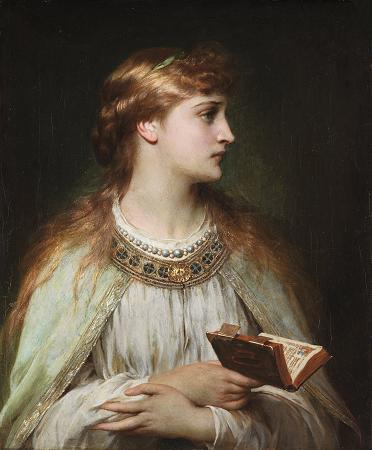Guggenheim Museum Bilbao. The Guggenheim Museum Bilbao is a museum of modern and contemporary art designed by Canadian-American architect Frank Gehry, and located in Bilbao, Basque Country, Spain. The museum was inaugurated on 18 October 1997 by King Juan Carlos I of Spain, with an exhibition of 250 contemporary works of art. Built alongside the Nervion River, which runs through the city of Bilbao to the Cantabrian Sea, it is one of several museums belonging to the Solomon R. Guggenheim Foundation and features permanent and visiting exhibits of works by Spanish and international artists. It is one of the largest museums in Spain. One of the most admired works of contemporary architecture, the building has been hailed as a signal moment in the architectural culture, because it represents one of those rare moments when critics, academics, and the general public were all completely united about something. The museum was the building most frequently named as one of the most important works completed since 1980 in the 2010 World Architecture Survey among architecture experts. In 1991, the Basque government suggested to the Solomon R. Guggenheim Foundation that it would fund a Guggenheim museum to be built in Bilbao's decrepit port area, once the city's main source of income. The Basque government agreed to cover the US$100 million construction cost, to create a US$50 million acquisitions fund, to pay a one-time US$20 million fee to the Guggenheim and to subsidize the museum's US$12 million annual budget. In exchange, the Foundation agreed to manage the institution, rotate parts of its permanent collection through the Bilbao museum and organize temporary exhibitions. The museum was built by Ferrovial, at a cost of US$89 million. About 5,000 residents of Bilbao attended a preopening extravaganza outside the museum on the night preceding the official opening, featuring an outdoor light show and concerts. On 18 October 1997 the museum was opened by Juan Carlos I of Spain. The Solomon R. Guggenheim Foundation selected Frank Gehry as the architect, and its director, Thomas Krens, encouraged him to design something daring and innovative. The curves on the exterior of the building were intended to appear random; the architect said that the randomness of the curves are designed to catch the light. The interior is designed around a large, light-filled atrium with views of Bilbao's estuary and the surrounding hills of the Basque country. The atrium, which Gehry nicknamed The Flower because of its shape, serves as the organizing center of the museum. When the Guggenheim Museum Bilbao opened to the public in 1997, it was immediately hailed as one of the world's most spectacular buildings in the style of Deconstructivism, a masterpiece of the 20th century. Architect Philip Johnson described it as the greatest building of our time, while critic Calvin Tomkins, in The New Yorker, characterized it as a fantastic dream ship of undulating form in a cloak of titanium, its brilliantly reflective panels also reminiscent of fish scales. Herbert Muschamp praised its mercurial brilliance in The New York Times Magazine. The Independent calls the museum an astonishing architectural feat. The building inspired other structures of similar design across the globe. The museum is seamlessly integrated into the urban context, unfolding its interconnecting shapes of stone, glass and titanium on a 32,500-square-meter site along the Nervion River in the ancient industrial heart of the city; while modest from street level, it is most impressive when viewed from the river. With a total 24,000 m 2, of which 11,000 m 2 are dedicated to exhibition space, it had more exhibition space than the three Guggenheim collections in New York and Venice combined at that time. The 11,000 m 2 of exhibition space are distributed over nineteen galleries, ten of which follow a classic orthogonal plan that can be identified from the exterior by their stone finishes. The remaining nine galleries are irregularly shaped and can be identified from the outside by their swirling organic forms and titanium cladding. The largest gallery measures 30 meters wide and 130 meters long. In 2005, it housed Richard Serra's monumental installation The Matter of Time, which Robert Hughes dubbed courageous and sublime. The building was constructed on time and budget, which is rare for architecture of this type. In an interview in Harvard Design Magazine, Gehry explained how he did it. First, he ensured that what he calls the organization of the artist prevailed during construction, to prevent political and business interests from interfering with the design. Second, he made sure he had a detailed and realistic cost estimate before proceeding.
more...





